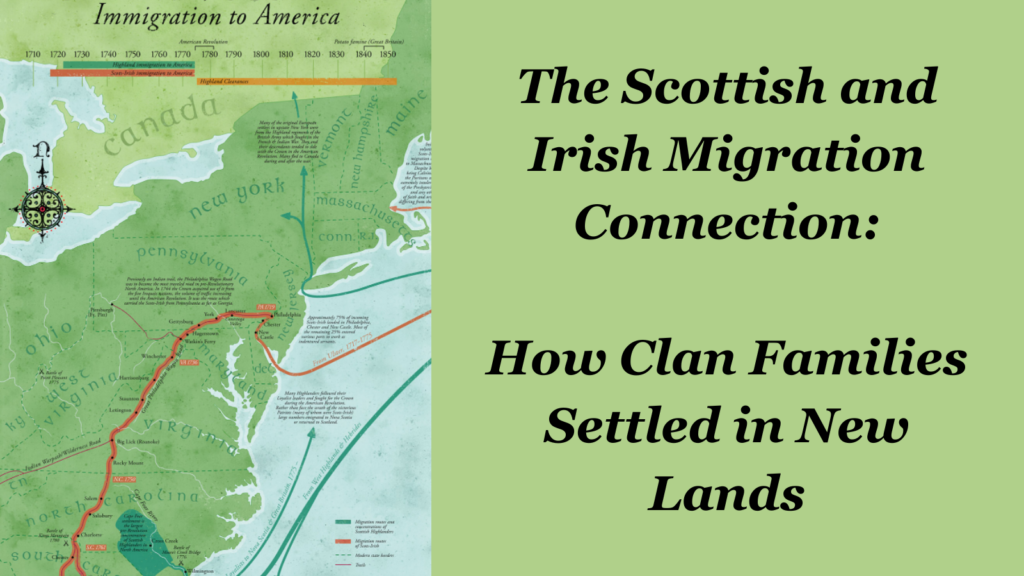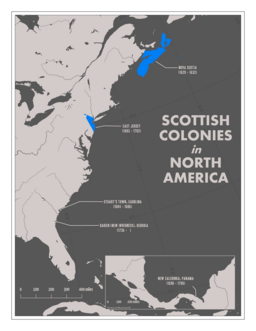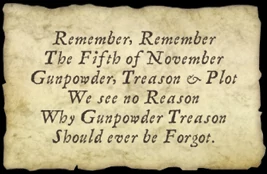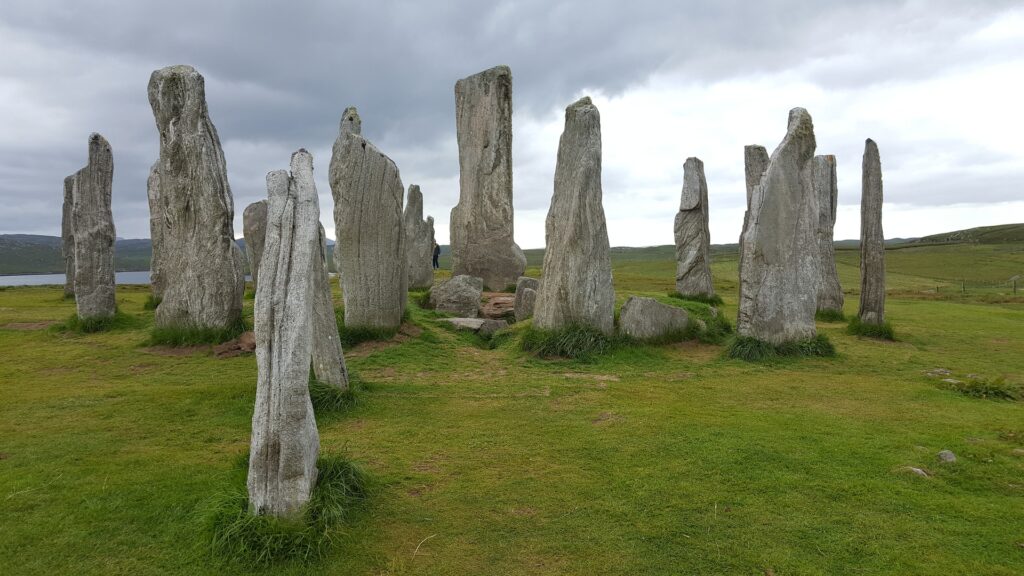The Scottish and Irish Migration Connection: How Clan Families Settled in New Lands
Migration has long been a defining aspect of Scottish and Irish history, and the clan families were no exception. Across centuries, waves of migration carried these families from their homelands to new regions, shaping the cultural identities of communities worldwide. Influenced by war, famine, British policies, and economic opportunities, these movements contributed to the spread of Scottish and Irish heritage across North America, Australia, and beyond.
Timeline of Migration
- Early Scottish and Irish Movement (Pre-1600s)
- Before major conflicts and colonization, Scottish and Irish clans primarily migrated within the British Isles.
- Many sought new lands within Scotland and Ireland due to clan disputes or shifting allegiances.
- Plantation of Ulster (1609–1690s)
- Scottish Presbyterians were encouraged by the British Crown to settle in Northern Ireland, displacing native Irish populations.
- Some McNeill families in Northern Ireland trace their lineage to this period, settling primarily in Antrim and Down.
- Jacobite Uprisings and Forced Migration (1715–1746)
- The defeat of Scottish Highlanders in the Jacobite Rebellions led to mass displacement.
- Many Highland Scots, including Macneils of Barra and McNeills of Gigha, were forced to flee to North America to escape persecution.
- Irish Famine and Economic Migration (1840s–1870s)
- The Great Famine (1845–1852) devastated Ireland, prompting mass emigration to the United States, Canada, and Australia.
- Irish McNeills and Ulster Scots took advantage of immigration programs and opportunities in cities and rural settlements.
- 20th Century Migration and the Scottish Diaspora
- Economic hardship in Scotland and Ireland continued to push people abroad.
- Scots-Irish communities became deeply rooted in American culture, particularly in Appalachia and the Southern United States.
How Conflicts and Policies Shaped Migration
- The Highland Clearances (1750s–1860s): Landowners forcibly removed tenant farmers to make way for sheep farming, driving thousands of Scottish families to Canada, the U.S., and Australia. Many Macneils of Barra emigrated during this time.
- Penal Laws and Religious Persecution: Catholic and Presbyterian Scots faced discrimination under British rule, prompting voluntary and forced migration.
- The American Revolution (1775–1783) & Civil War (1861–1865): Scots-Irish immigrants played key roles in these conflicts, shaping their status in North America.
- The Industrial Revolution (1800s–1900s): Economic shifts led to job opportunities in cities, attracting Scottish and Irish immigrants to manufacturing hubs.
Regional Identities and Genetic Connections
- Appalachian Scots-Irish Influence: Many Scots-Irish settlers, including McNeills, became part of the Appalachian frontier, bringing their customs, music, and storytelling traditions.
- Maritime Canada’s Scottish Settlers: Nova Scotia (“New Scotland”) saw a major influx of Macneils, particularly from Barra, preserving strong Gaelic traditions.
- The Gigha McNeills and Highland Identity: The McNeills of Gigha are often categorized as Highlanders due to their Gaelic heritage and clan structure, but their coastal location near Kintyre also placed them in contact with Lowland influences. They were part of the Gaelic maritime culture that spanned from the western Highlands to Ulster. Their genetic history shows both Highland and Norse ancestry, reflecting centuries of interaction in the region.
- DNA and Family Links: Genetic studies reveal strong connections between McNeill/Macneil lineages and broader Celtic ancestry, showing how migration patterns shaped genetic diversity.
Conclusion
The migration of clan families was shaped by a complex web of conflict, policy, and opportunity. From forced displacement to voluntary settlement, these movements left a lasting imprint on regions around the world. Understanding these migrations helps preserve the history of these families and their enduring cultural legacies.
The Scottish and Irish Migration Connection: How Clan Families Settled in New Lands Read More »



 "What’s in a name, a rose by any other name, a rose is a rose;" pick your cliché, but in the case of MacNeil or McNeill there is more than a wee bit of difference and it may be comparing a rose to a carnation. While there are a great number of variations, the two most common spellings are MacNeil and McNeill and while not always true, the spelling does tend to give away quite a bit of information about what branch of the clan someone came from, where their ancestors lived in Scotland and where their ancestors immigrated and even to some extent when their ancestors immigrated.
"What’s in a name, a rose by any other name, a rose is a rose;" pick your cliché, but in the case of MacNeil or McNeill there is more than a wee bit of difference and it may be comparing a rose to a carnation. While there are a great number of variations, the two most common spellings are MacNeil and McNeill and while not always true, the spelling does tend to give away quite a bit of information about what branch of the clan someone came from, where their ancestors lived in Scotland and where their ancestors immigrated and even to some extent when their ancestors immigrated. 739 and was said to be led by Neil McNeill who lived on the island of Gigha. There were 350 in this group. Several of this group were members of his extended family with the surname McNeill. Once these Scottish families established themselves just north of present day Fayetteville North Carolina, they were quite active in convincing their kinsmen to follow them over. There were successive waves of Scots from the Argyll region right up just prior to the Revolution. You can be assured there were McNeills in each wave. So, if your ancestors came before 1770 or so and landed in North or South Carolina, then it is a good bet your ancestors are Colonsay/Gigha McNeills. Later immigrations went to New Zealand and Australia, being a safer bet than going to the American colonies at war. After the American Revolution, several more waves of Scots from Colonsay and the Kintyre region went to America, unfortunately sometimes by force. North Carolina continued to be their favorite destination. These McNeills spread though out the Southeast US.
739 and was said to be led by Neil McNeill who lived on the island of Gigha. There were 350 in this group. Several of this group were members of his extended family with the surname McNeill. Once these Scottish families established themselves just north of present day Fayetteville North Carolina, they were quite active in convincing their kinsmen to follow them over. There were successive waves of Scots from the Argyll region right up just prior to the Revolution. You can be assured there were McNeills in each wave. So, if your ancestors came before 1770 or so and landed in North or South Carolina, then it is a good bet your ancestors are Colonsay/Gigha McNeills. Later immigrations went to New Zealand and Australia, being a safer bet than going to the American colonies at war. After the American Revolution, several more waves of Scots from Colonsay and the Kintyre region went to America, unfortunately sometimes by force. North Carolina continued to be their favorite destination. These McNeills spread though out the Southeast US.

